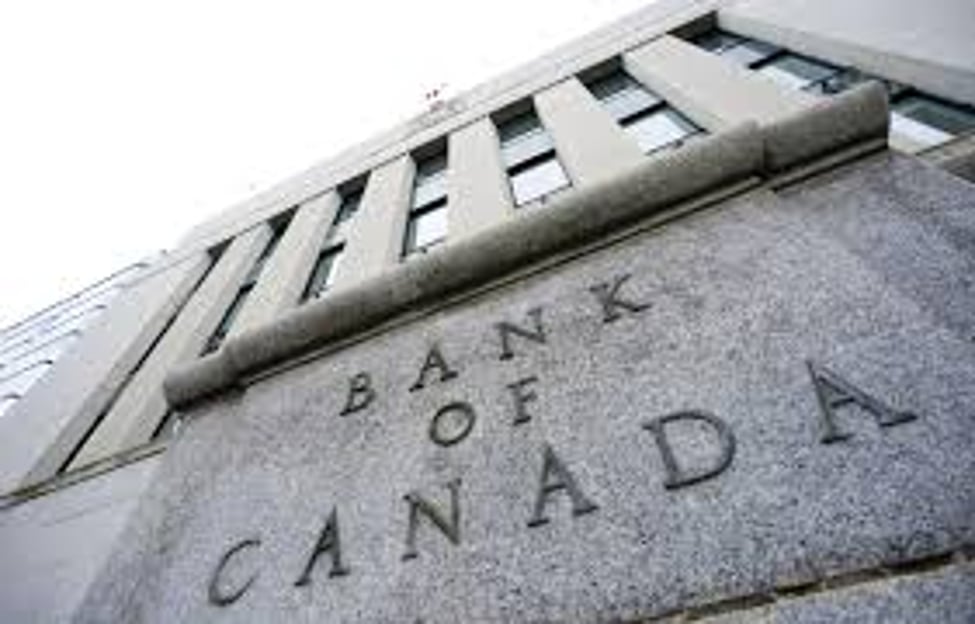Bank of Canada Holds Steady: Analyzing the Decision to Keep the Overnight Rate at 5%
In a move that caught some market analysts by surprise, the Bank of Canada recently announced its decision to keep the overnight rate unchanged at 5%. This decision comes at a critical juncture for the Canadian economy, which has been navigating the choppy waters of inflation, economic growth concerns, and global financial uncertainties. This blog post delves into the reasons behind the Bank's decision, the implications for consumers and businesses, and what might lie ahead for Canada’s monetary policy.
The Decision Explained
The Bank of Canada's primary responsibility is to control inflation and stabilize the national currency. By maintaining the overnight rate at 5%, the Bank aims to strike a balance between restraining inflation without excessively hindering economic growth. This decision suggests that the Bank believes inflationary pressures might be starting to ease, or at least, are not accelerating to the point that would necessitate a further rate hike.
Several factors may have influenced this decision:
1. **Inflation Trends**: Although inflation remains above the target range set by the Bank, recent data might indicate a trend towards stabilization or a slower pace of increase.
2. **Economic Growth**: Economic growth has been tepid, with concerns about a potential recession. Raising rates could exacerbate this slowdown, leading to higher unemployment and lower consumer spending.
3. **Global Economic Climate**: Ongoing uncertainties, including geopolitical tensions and trade issues, play a significant role. The global economic environment remains fragile, and drastic changes in monetary policy could have unforeseen international repercussions.
Impact on Consumers and Businesses
The decision to hold the rate steady is a double-edged sword for various sectors of the economy:
- **Homeowners and Buyers**: The stable rate means that mortgage rates might not increase further in the short term, providing some relief to buyers and current homeowners with variable rate mortgages.
- **Investors**: The financial markets generally favor stability. This decision could lead to a positive reaction in the stock markets as investors appreciate a predictable interest rate environment.
- **Businesses**: For businesses, particularly those reliant on borrowing, stable rates mean predictable loan repayment costs, aiding in budgeting and financial planning.
Looking Forward
Looking ahead, the Bank of Canada's stance on interest rates will likely depend on incoming economic data. Key indicators to watch include:
- **Inflation Data**: If inflation begins to decline towards the Bank's target, it might give the Bank more room to maneuver in its future rate decisions.
- **Employment Figures**: Strong employment numbers could indicate robust economic activity, possibly influencing future rate hikes to prevent the economy from overheating.
- **Global Events**: External shocks or major geopolitical events could prompt a reevaluation of the current policy.
Conclusion
The Bank of Canada’s decision to leave the overnight rate unchanged at 5% reflects its cautious approach towards managing inflation while supporting economic growth. For consumers, businesses, and investors, this decision provides a temporary reprieve from the uncertainties of rate fluctuations. However, all stakeholders should remain vigilant and prepared for potential changes as new economic data comes to light.
For now, the eyes of the financial world will continue to watch Canada's economic indicators closely, as they will play a crucial role in shaping the monetary policy landscape in the coming months.

